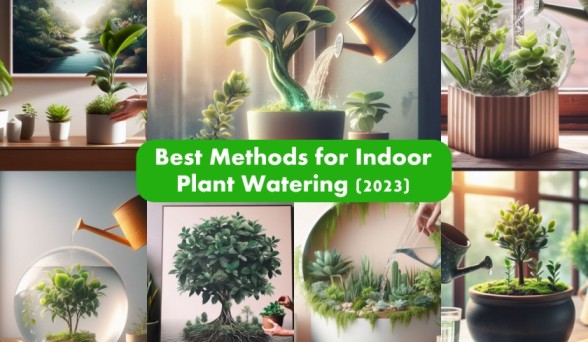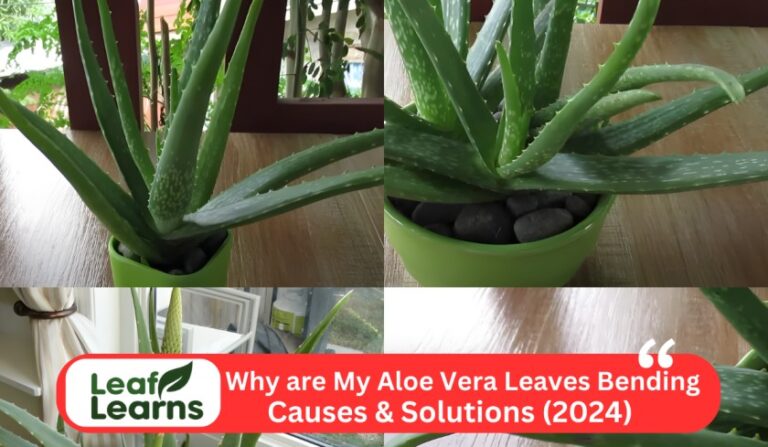14 Best Air Purifying Indoor plants: Makes your living space fresh
Indoor plants that filter the air are more than simply aesthetic items for your house; they are nature’s air purifiers. These Air purifying indoor plants eco-friendly buddies have the amazing capacity to filter air contaminants, enhancing indoor air quality.
By absorbing dangerous chemicals and releasing oxygen, they do this, making the atmosphere more hospitable and healthy.
Adding air-purifying plants to your area is a simple and efficient method to breathe cleaner, fresher air while enhancing the aesthetic of your surroundings, regardless of your level of gardening experience.These are some air purifying indoor plants:
Contents
- 1 Snake Plant (Sansevieria)
- 2 Peace Lily (Spathiphyllum): Best air purifying indoor plants
- 3 Spider Plant (Chlorophytum comosum)
- 4 Aloe Vera (Aloe barbadensis miller)
- 5 Rubber Plant (Ficus elastica)
- 6 Boston Fern (Nephrolepis exaltata)
- 7 Bamboo Palm (Chamaedorea seifrizii)
- 8 Devil’s Ivy (Epipremnum aureum)
- 9 Lavender (Lavandula)
- 10 Pothos (Epipremnum aureum)
- 11 Gerbera Daisy (Gerbera jamesonii)
- 12 Toxicity:
- 13 Areca Palm (Dypsis lutescens)
- 14 Chrysanthemum (Chrysanthemum morifolium)
- 15 English Ivy (Hedera helix)
- 16 Enhance Your Living Space with Air-Purifying Indoor Plants
- 17 FAQs
Snake Plant (Sansevieria)
Sansevieria, the scientific name for the snake plant, is well recognised for its outstanding air-purifying abilities, making it the perfect complement to any interior setting.

This tough and lovely plant excels at removing dangerous indoor air pollutants in addition to being aesthetically pleasant.
It is a good option for enhancing indoor air quality because to its exceptional capacity to convert carbon dioxide into oxygen at night and its skill in eliminating contaminants like formaldehyde and benzene.
Plant Care
Give your snake plant bright, indirect light and let the soil become completely dry in between waterings to keep it healthy. These plants are ideal for beginners since they need very little care and can withstand periods of neglect.
Toxicity
To keep your snake plant healthy, provide it with bright, indirect light and allow the soil to completely dry out between watering.
Since they require relatively little maintenance and can endure periods of neglect, these plants are excellent for beginners.
Peace Lily (Spathiphyllum): Best air purifying indoor plants
One of the greatest indoor plants for enhancing air quality is the Peace Lily (Spathiphyllum), which is recognized for its outstanding air-purifying properties.
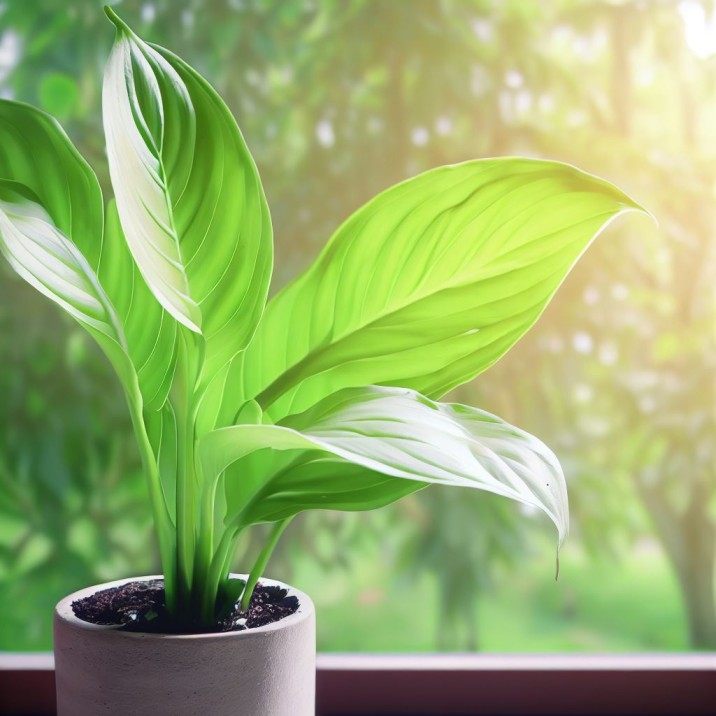
Its stunning white blossoms and thick, dark green leaves not only give a touch of elegance to any interior environment, but also serve as natural air filters that efficiently filter out irritants like formaldehyde, benzene, and ammonia.
If you want to make your home healthier and more peaceful, this low-maintenance plant is a great option.
Plant Care:
Maintain your Peace Lily in indirect sunlight, water it sparingly, and let the soil partially dry in between applications to guarantee its success.
To promote new development and keep the plant healthy overall, constantly prune any yellowing or dead leaves.
Toxicity:
While the Peace Lily makes a wonderful addition to your house, it’s vital to keep in mind that if consumed, it can be harmful to both humans and animals.
Keep it away from curious animals and kids, and use caution if you are worried about accidental intake.
Spider Plant (Chlorophytum comosum)
The Spider Plant (Chlorophytum comosum) is one of the top indoor plants for cleansing the air. Its beautiful green foliage is a perfect option for homes and businesses since it excels at eliminating dangerous pollutants from the air while also adding a sense of beauty to any interior environment.
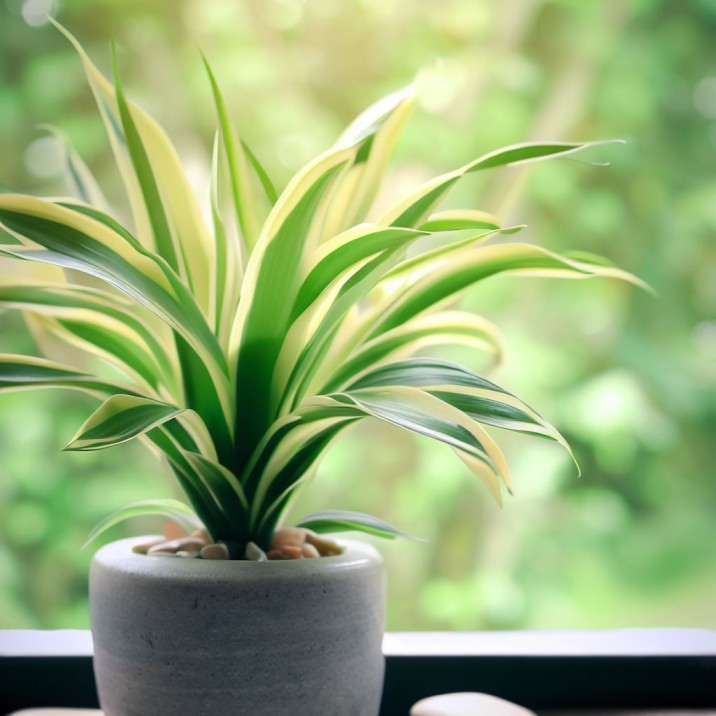
When it comes to removing toxins like formaldehyde and xylene, which are frequently present in home products like carpets and paints, spider plants are very good at it.
They are a favorite among both new and seasoned plant enthusiasts because of their laid-back disposition and capacity to adapt to different lighting situations.
Plant Care:
Spider plants require comparatively little upkeep. They appreciate well-draining soil and thrive under filtered sunshine. Allow the top inch to dry out between watering and keep the soil constantly wet but not saturated.
Misting their foliage on a regular basis helps maintain humidity levels and keeps the leaves free of dust. During the growth season, from spring to summer, fertilize them every two to four weeks using a balanced, diluted liquid fertilizer.
Toxicity:
Spider plants are a good option for homes with pets because they are not poisonous to cats or dogs. To avoid unintentional digging or nibbling, it’s always a good idea to keep a watch on your pets while they are around plants.
Aloe Vera (Aloe barbadensis miller)
Aloe Vera (Aloe barbadensis miller), a well-known succulent for its soothing gel, also stands out as one of the top indoor plants for air purification.
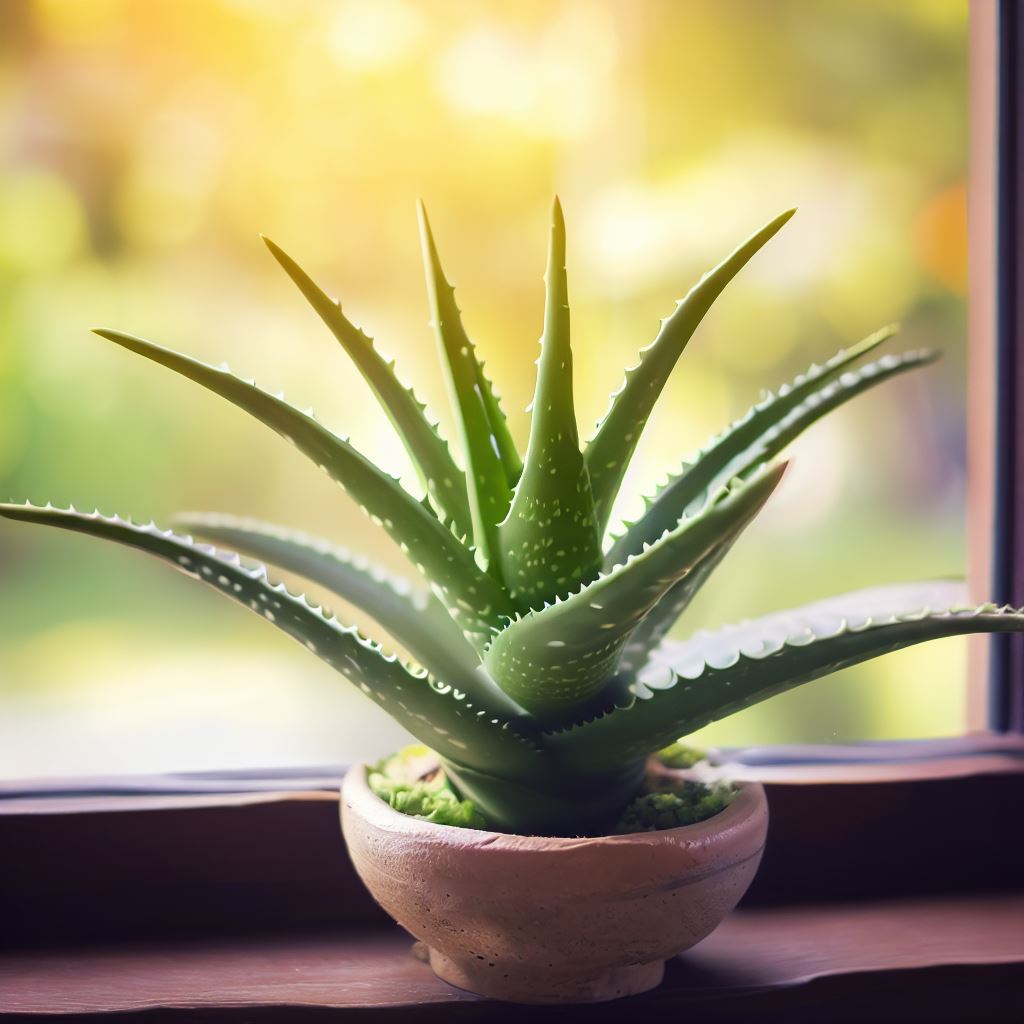
It is an essential component of every interior environment because of its extraordinary capacity to eliminate airborne contaminants like formaldehyde and benzene while also bringing about aesthetic and health advantages.
Plant Care:
You must adhere to a few care instructions to guarantee the health of your aloe vera plant. Aloe Vera needs bright, indirect sunshine to grow effectively and thrives in well-draining soil.
To avoid root rot, let the soil completely dry out in between waterings. This low-maintenance plant is a great option for inexperienced plant enthusiasts because it enjoys room temperatures between 59 and 77°F (15 and 25°C) and can withstand some neglect.
Toxicity:
Despite the fact that Aloe Vera is well known for its therapeutic benefits when applied topically, it’s crucial to remember that the plant’s gel and latex can be poisonous if consumed.
Ingesting the latex may cause diarrhea, stomach pain, and other negative consequences. As a result, it’s essential to keep Aloe Vera out of dogs’ and young children’s reach to prevent any potentially harmful concerns.
Rubber Plant (Ficus elastica)
For those who love indoor plants, the Rubber Plant (Ficus elastica), known for its outstanding air-purifying abilities, is a good pick. It not only provides a sense of elegance to any space but also functions as a natural air filter thanks to its broad, glossy leaves and attractive look.
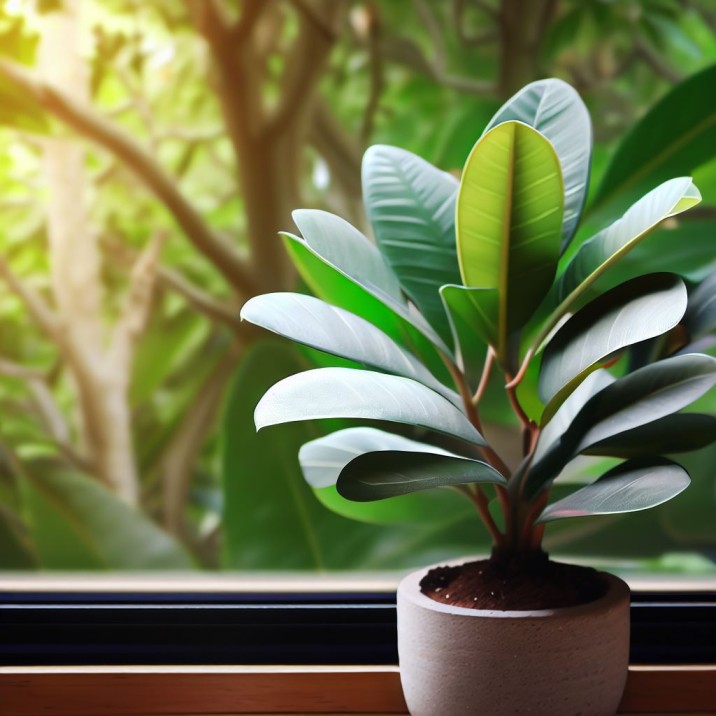
The Rubber Plant effectively eliminates dangerous airborne pollutants like formaldehyde and benzene while also raising the humidity levels in its surrounds, all of which can improve the quality of the air in the area.
Plant Care:
Place your Rubber Plant in direct, bright sunshine, water it gently, and let the soil partially dry in between waterings to ensure its health.
These plants require just occasional shaping trimming and leaf removal to preserve their minimal care status. Additionally, the plant’s ability to breathe and grow is aided by routine leaf cleaning.
Toxicity:
It’s vital to remember that Rubber Plants are harmful to pets, especially cats and dogs, despite the fact that they make wonderful complements to your interior area.
The plant’s sap contains substances that, if consumed, can be dangerous and cause symptoms including vomiting and skin rashes. If you have pets at home, it is essential to keep the Rubber Plant out of their reach or choose non-toxic substitutes to ensure their safety.
Boston Fern (Nephrolepis exaltata)
One of the top indoor plants for air purification is the Boston Fern (Nephrolepis exaltata), which is famous for its outstanding capacity to improve indoor air quality. In addition to adding a splash of greenery to your living area, its thick, feathery fronds also serve as natural air filters.
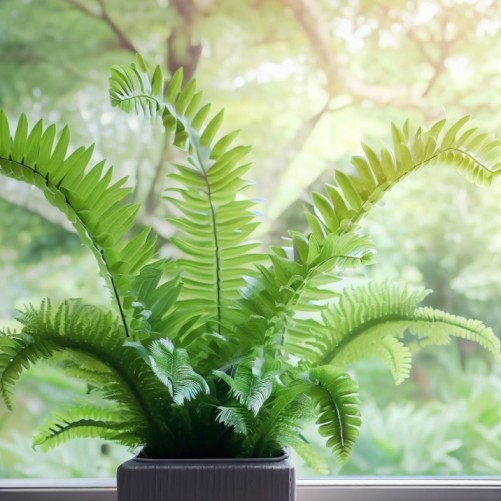
Boston ferns are a great choice for homes and businesses since they are highly effective at eliminating typical indoor contaminants including formaldehyde, xylene, and toluene.
High humidity is good for these elegant ferns, so bathrooms and kitchens are great places to grow them. They can thrive with a little care, keeping the air inside your home cleaner and healthier.
Plant Care:
Make sure your Boston fern receives plenty, of indirect light as well as regular watering to keep it flourishing. Maintain a consistent humidity level by misting the fronds often and keeping the soil uniformly wet but not soggy.
Trim any dead or yellowing fronds to promote new growth, and throughout the growing season—typically spring and summer fertilize with a balanced liquid fertilizer.
Toxicity:
Boston ferns are often harmless to both people and animals. Even though they are not thought to be very dangerous, some people and animals may experience slight gastrointestinal distress after swallowing plant pieces.
To avoid unintentional consumption, it is always preferable to keep Boston ferns out of the reach of curious animals or kids.
Bamboo Palm (Chamaedorea seifrizii)
The bamboo palm (Chamaedorea seifrizii), one of the best indoor plants for purifying the air, is a popular choice. With its lush green fronds and stunning appearance, this tropical beauty excels at improving indoor air quality and brings a sense of tranquilly to your home decor.

Given that it can remove harmful pollutants like formaldehyde and benzene and provide a healthier and more pleasant living environment, it is the perfect option for both homes and businesses.
Plant Care:
Place your bamboo palm in filtered, indirect sunshine and maintain the soil continuously wet but not soggy to ensure its success.
Maintain proper drainage and periodically wet the leaves to resemble the environment of the tropical region. To promote new growth and preserve the frond’s vivid look, trim dead or fading fronds often.
Toxicity:
The Bamboo Palm is a safe option for homes with furry friends or young children because it is non-toxic to people and pets.
Without worrying about potential danger to your loved ones, you may take advantage of its aesthetic and air-purifying advantages.
Devil’s Ivy (Epipremnum aureum)
One of the greatest indoor plants for enhancing indoor air quality is Devil’s Ivy (Epipremnum aureum), often known as Pothos or Golden Pothos. It is recognized for its outstanding air-purifying properties.
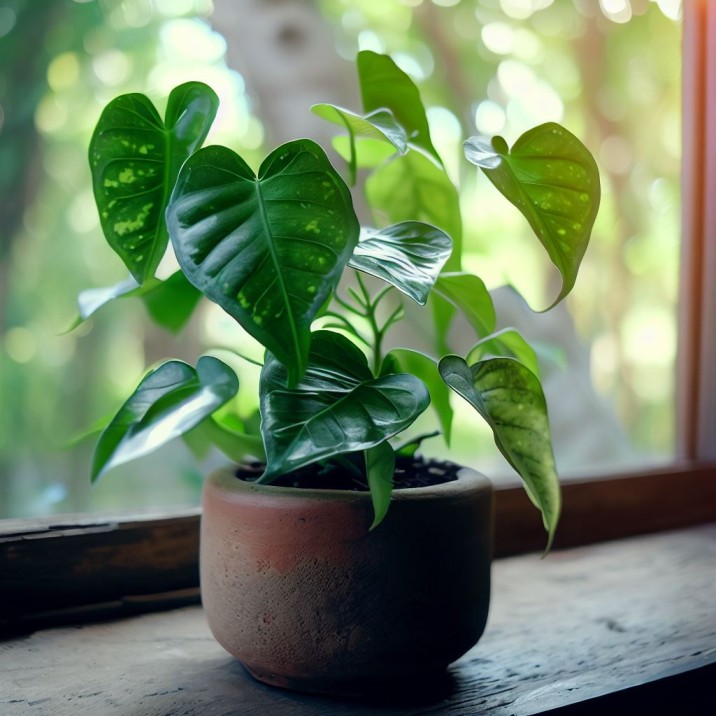
In addition to bringing a touch of natural beauty to any environment, it filters out common indoor toxins like formaldehyde, xylene, and benzene with the help of its lush green leaves.
As a low-maintenance plant that grows well in a range of indirect lighting levels, from dim to bright, devil’s ivy is excellent for even novice plant owners.
Plant Care:
Devil’s ivy requires little maintenance. Allow the top inch of soil to dry out in between waterings, and keep the soil regularly wet but not soggy. Even if you periodically forget to water it, this plant is understanding.
It can survive in a variety of lighting situations, however, indirect sunlight is best for it. During the growing season, fertilize sparingly every two to three months to promote luxuriant growth.
To keep the plant’s leaves clean and to promote effective respiration and photosynthesis, wipe them often.
Toxicity:
While Devil’s Ivy makes a great indoor plant, it’s important to be aware that it has a low toxicity level when consumed. The tongue and digestive tract may get irritated after chewing or ingesting the leaves.
To avoid any unintentional intake, it is best to keep devil’s ivy out of reach of dogs and young children.
Lavender (Lavandula)
With its exquisite purple blossoms and alluring scent, lavender is not only a representation of serenity but also a superb indoor plant for cleansing the air.
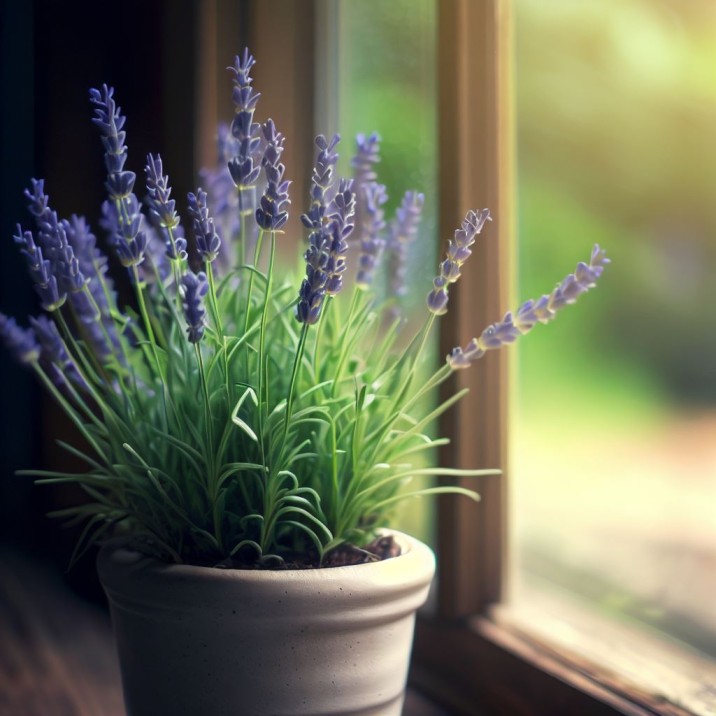
This adaptable plant, which is well-known for its relaxing effects, readily functions as a natural air purifier. It produces essential oils through its narrow leaves and brilliant flowers, which can filter out interior pollutants and provide cleaner, fresher air.
Lavender is a great option for people looking to create a healthier and more peaceful interior atmosphere because of its ability to filter the air.
Plant Care:
Lavender prefers fertile soil with good drainage and lots of sunshine.
To avoid root rot, make sure your indoor lavender plant receives at least 6 to 8 hours of sunlight each day and let the soil get completely dry in between waterings.
Toxicity:
When used in moderation, lavender is generally thought to be safe for both people and animals.
However, consuming a lot of lavender may cause gastric pain, so it’s best to just appreciate the flower’s beauty and scent.
Pothos (Epipremnum aureum)
Epipremnum aureum, sometimes known as pothos, is one of the greatest indoor plants for cleansing the air. Its thick, heart-shaped leaves not only provide your home a touch of greenery but also actively enhance the quality of the air within.
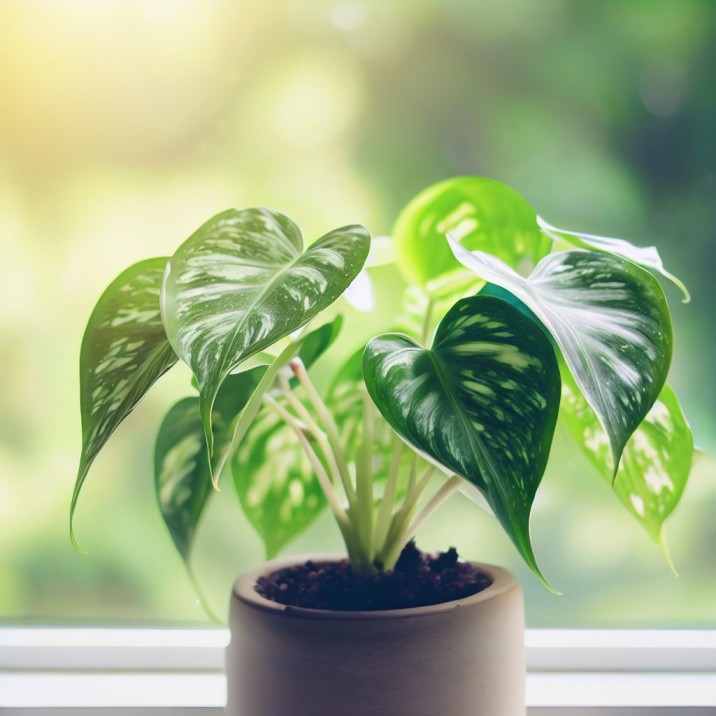
Pothos plants are a great choice for both homes and businesses since they are particularly good at eliminating typical indoor pollutants including formaldehyde, xylene, and benzene.
Plant Care:
Pothos plants grow well in settings of moderate to low light and require little upkeep. Allow the top inch or two of soil to dry out between waterings and keep the soil regularly wet but not soggy.
Their eye-catching trailing vines benefit from routine trimming, which also promotes strong growth.
Toxicity:
Although pothos is a common houseplant, it’s crucial to remember that if consumed, it can be hazardous. Because chewing on the leaves or stems can cause oral irritation, nausea, and vomiting, keep it away from children and dogs.
When keeping a Pothos plant indoors, take safety precautions to safeguard the security of your loved ones.
Gerbera Daisy (Gerbera jamesonii)
One of the best indoor plants for cleansing the air is the gerbera daisy, technically known as Gerbera jamesonii.
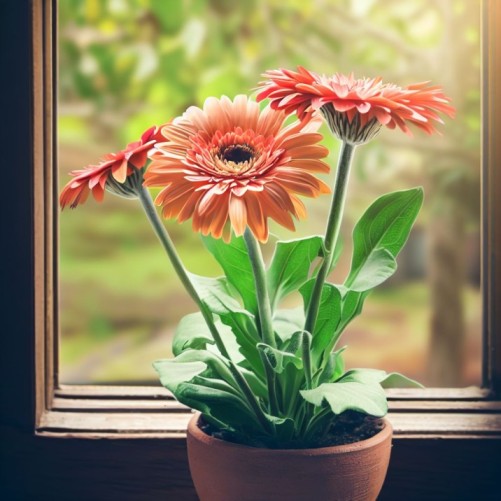
Benzene and formaldehyde are only a couple of the major pollutants that this lovely flowering plant can remove to enhance indoor air quality, in addition to its colorful and alluring appeal.
Its huge, beautiful blossoms not only brighten up any interior area with color and happiness but also actively filter the air, fostering a more wholesome and energizing atmosphere.
Plant Care:
Gerbera daisies need bright, indirect sunshine and thrive best in well-drained, slightly acidic soil. It’s crucial to water them sparingly, letting the soil mostly dry in between applications.
It will be possible to encourage continuous flowering and keep the plant in good condition by routinely deadheading and sometimes cutting yellowing leaves.
Toxicity:
Even while gerbera daisies aren’t thought to be particularly hazardous, you should still use caution if you have pets or young children around.
It’s ideal to keep them out of reach and emphasise to your loved ones the dangers of ingesting houseplants. Consuming any portion of the plant might cause moderate stomach distress.
Areca Palm (Dypsis lutescens)
One of the greatest indoor plants for cleaning the air is the Areca Palm (Dypsis lutescens), often known as the Butterfly Palm or Golden Cane Palm.
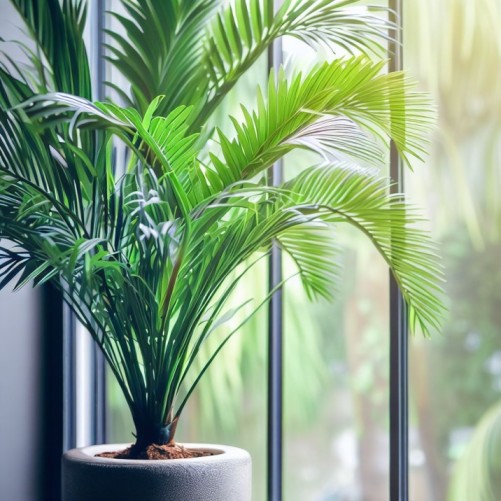
It not only offers a bit of tropical flair to your interior design with its lush, feathery fronds and exquisite look, but it also excels at enhancing indoor air quality.
This tough palm plant is a great option for individuals trying to create a healthier and more energizing home atmosphere because it is efficient at filtering out airborne contaminants including formaldehyde, benzene, and xylene.
Plant Care:
It is not difficult to maintain a healthy Areca Palm. As direct sunlight might burn its fragile fronds, make sure it receives plenty of bright, indirect sunshine.
Allow the top inch of soil to dry out between waterings and keep the soil regularly wet but not soggy.
During the growth season, spray the fronds often to maintain humidity and fertilize with a balanced liquid fertilizer every two to four weeks. Every two to three years, when the plant outgrows its container, report it.
Toxicity:
Although the Areca Palm makes a wonderful addition to your interior area, it’s vital to remember that both people and animals cannot be harmed by it.
This ensures that your home stays both lovely and secure, making it a safe and welcoming option for families with curious children or animals.
Chrysanthemum (Chrysanthemum morifolium)
Because of its great air-purifying abilities, chrysanthemum (Chrysanthemum morifolium) is a highly recommended plant for improving indoor air quality.
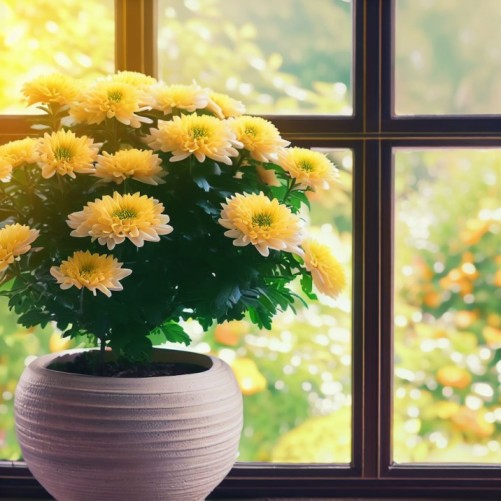
This colorful and endearing blooming plant enhances the visual splendor of your home while also assisting in the air purification of dangerous toxins including formaldehyde, benzene, and ammonia.
Plant Care:
Placements in regions with indirect sunshine and good lighting are ideal for chrysanthemums. Make sure the soil has good drainage, is always moist, but not soggy.
The routine removal of wasted flowers, or deadheading, promotes continued flowering. Occasionally fertilizing these plants during the growth season also helps them. Late spring pruning can help keep them in shape and encourage stronger development.
Toxicity:
Chrysanthemums do a good job of purifying the air, but they should be handled carefully, especially around kids and dogs. These plants contain pyrethrins, which are organic insecticides that can irritate the skin or be hazardous if consumed.
Keep Chrysanthemums out of reach and inform family members about their possible toxicity to prevent any negative impacts.
English Ivy (Hedera helix)
One of the top indoor plants for cleansing the air is English ivy, officially known as Hedera helix. In addition to adding a bit of elegance to any space, its luxuriant, trailing vines also do a fantastic job of purifying the air.
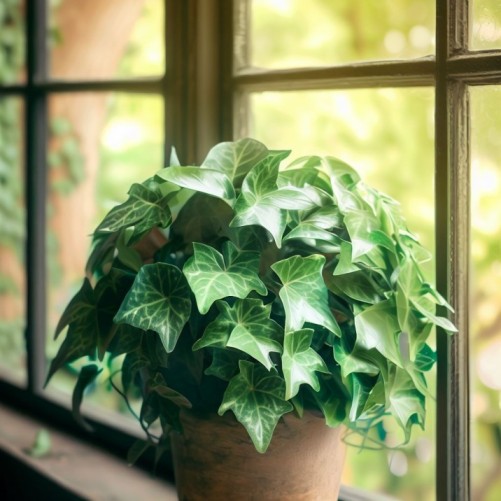
This adaptable plant is regarded as a natural air cleaner due to its capacity to eliminate typical indoor pollutants including formaldehyde, benzene, and xylene. It is a fantastic option for homes or businesses where preserving air quality is a concern due to its effectiveness in filtering out contaminants.
Plant Care:
Provide your English Ivy with bright, indirect sunshine and maintain a regularly moist, but not soggy, soil for it to thrive. Pruning on a regular basis will keep it looking good and stop overgrowth.
During the growth season, fertilize sparingly. When the plant gets root-bound, report it. English ivy is an excellent addition to your indoor garden because it requires little upkeep.
Toxicity:
Although English ivy purifies the air, it should be noted that ingesting it might be dangerous. The plant includes substances that, if taken, might cause gastrointestinal pain, such as saponins and polyacetylene chemicals.
Therefore, it’s essential to keep it out of the hands of pets and children and to handle it carefully. You may benefit from its air-cleaning abilities while avoiding any potential concerns with the right maintenance and installation.
Enhance Your Living Space with Air-Purifying Indoor Plants
Indoor plants have become increasingly popular for their ability to enhance our living spaces while also serving as natural air purifiers. Many people are interested in air-purifying indoor plants with names and pictures, as it helps them choose the right green companions for their homes.
These plants not only beautify your space but also improve air quality by removing toxins and releasing oxygen. Some of the best air-purifying indoor plants include snake plants, peace lilies, and spider plants, which are not only low maintenance but also NASA-approved for their air-purifying qualities.
These plants are pet-friendly, and safe for both cats and dogs, making them ideal choices for households with furry friends. They thrive in various conditions, from low light to bright, making them versatile additions to any room.
So, if you’re looking to breathe cleaner air while adding a touch of nature to your living space, consider these air-purification champions among indoor plants.
FAQs
What’s a low-maintenance indoor plant that can filter out airborne toxins effectively?
The Devil’s Ivy or Pothos plant is a low-maintenance choice that is excellent in purifying indoor air.
Which indoor plant is renowned for its exceptional air-purifying qualities?
The Snake Plant, or Sansevieria, is one of the best indoor plants for air purification.
What pollutants can the Peace Lily effectively remove from indoor air?
Common indoor contaminants including formaldehyde, ammonia, and benzene are well-known to be eliminated by peace lilies.
How much sunlight does the Spider Plant typically require for optimal growth and air purification?
Spider Plants thrive in bright, indirect sunlight but can tolerate lower light conditions.
Which indoor plant is recommended for improving indoor air quality while also being safe for pets?
The Boston Fern is a great choice for cleaner air and is non-toxic to pets.

